#aspect of time
Explore tagged Tumblr posts
Text
aspect markings, inspired by time-woods tma marking post! go check them out!!!
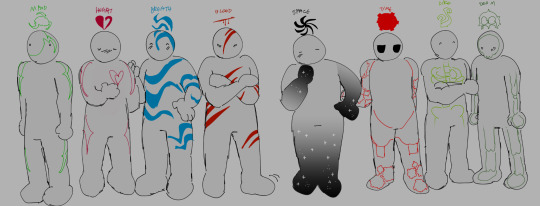
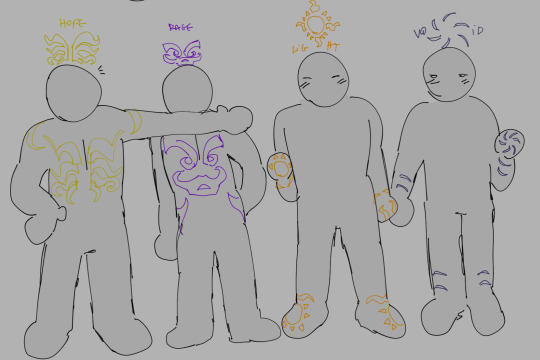
#aspects#homestuck aspects#aspect of doom#aspect of light#aspect of hope#aspect of rage#aspect of space#aspect of time#aspect of life#aspect of breath#aspect of blood#aspect of heart#aspect of mind#homestuck#classpect#classpecting
52 notes
·
View notes
Text
Male character: I'm not attracted to women.
Fandom: Oh, he's gay.
Female character: I'm not attracted to men.
Fandom: Oh, she's a lesbian.
Any character: I'm not attracted to anybody.
Fandom: Well, we don't know that they're ace/aro/aroace. It's open for interpretation. They're not canonically ace/aro/aroace unless they specifically say they are.
Hmmmm. I wonder why we're so frustrated in fandom spaces. I wonder if there's a reason.
#aromantic#asexual#aroace#ace#aspec#acespec#arospec#aro#fandom#not talking about any fandom specifically but it can apply to a LOT of them from what I've seen#And yes this is something I've actually seen people unironically say#multiple times#in multiple fandoms#Just say you don't like aspects characters#It's not like you're even doing a good job of hiding it#my posts
16K notes
·
View notes
Text







"no one told me back then that i was in the glory days."
[ jojamart mockumentary #14 ]
[ prev || next ]
#stardew valley#stardew valley fanart#sdv shane#sdv sam#jojamart mockumentary#my art#this was inspired by an anonymous ask i received saying:#“Do you have any art of Shane outside of work? Maybe with the hens more in his element?”#and naturally my brain popped up with this idea#of shane at work and also not with the hens#:(#but it made me reflect on the other aspects of shane that we know about#i wish i knew more about his time as an athlete#also!!#the reason i made that poll a few days ago is that the school semester is starting up#i am a part time student in addition to having a full time job#so i'm not 100% sure if i'll have room to make new art#but i don't want to stop posting (at least that's how i'm feeling at the moment)#so it might be fun to highlight my process!!
5K notes
·
View notes
Text

Made a couple wallpapers based on the beta kids aspects
(heavily inspired by this post)
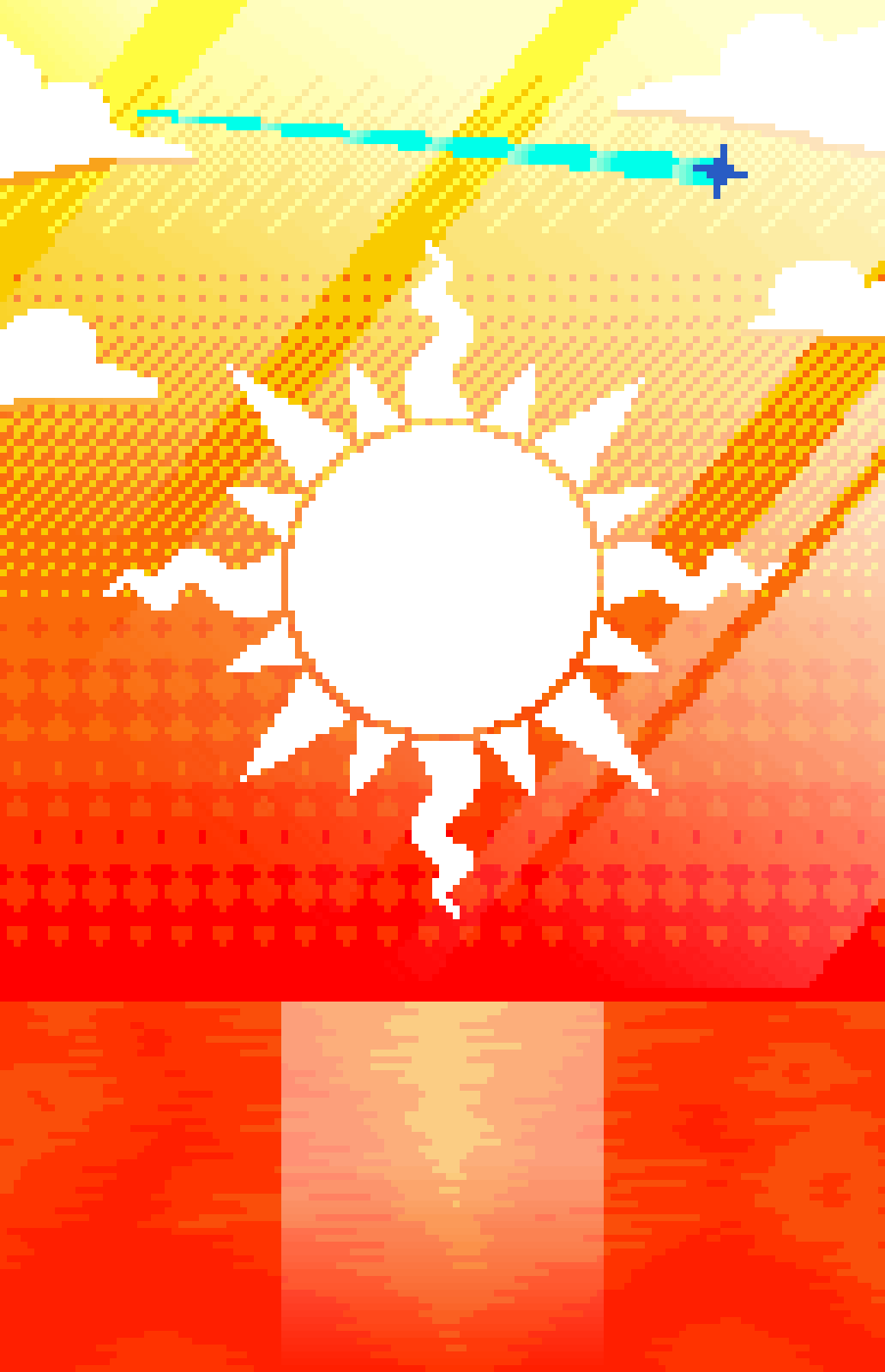


#homestuck#pixelart#dave strider#rose lalonde#john egbert#june egbert#j egbert#jade harley#homestuck fanart#time aspect#light aspect#breath aspect#space aspect#homestuck aspects#pixel art
4K notes
·
View notes
Text

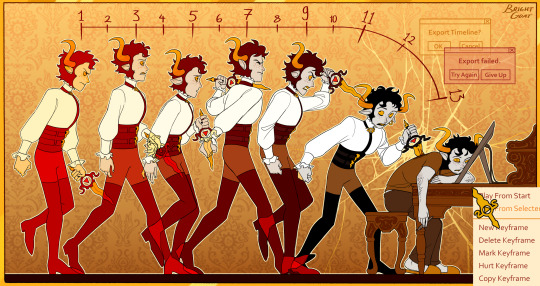
time and time and time again
#homestuck#trollsona#homestuck oc#time player#time aspect#prince of time#tauries#fantroll#egolos gnosis#art#arrt
3K notes
·
View notes
Text
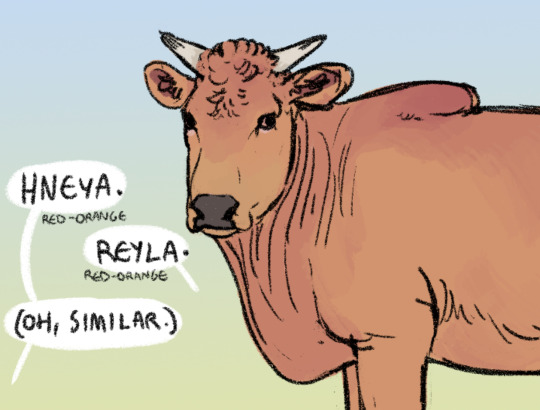

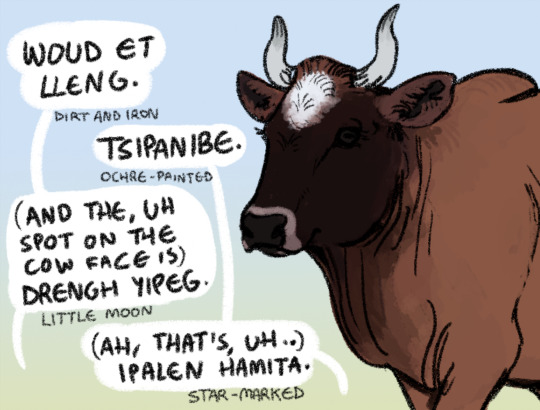
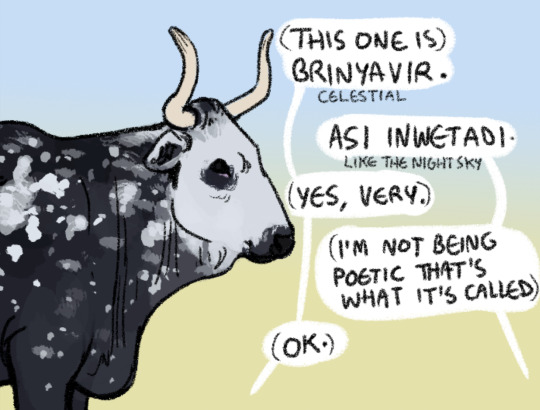
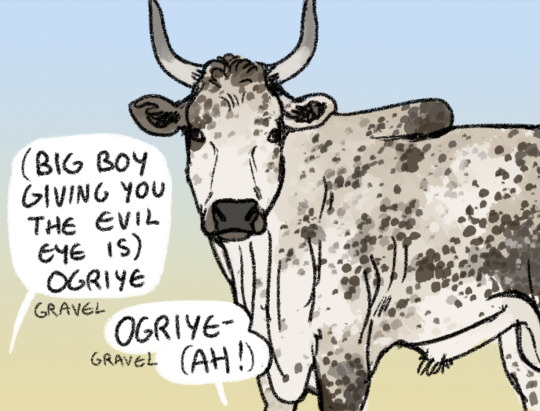
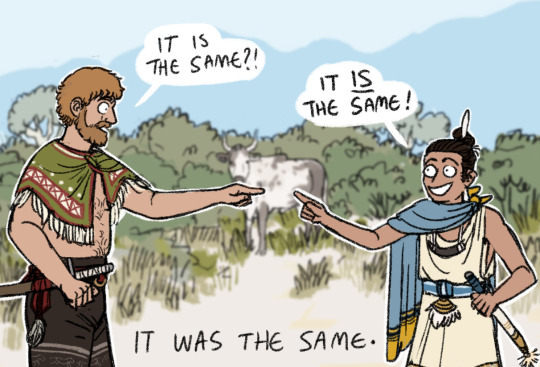
Comparing livestock color-words.
Both the Chenahyeigi and Wardi languages are derived from peoples who have been pastoralists for millennia, and both have an absolute ton of words for livestock coloration.
Both languages have had at least some mutual influence for about a thousand years (to varying extents by dialect, depending on geography/trade connection) so you'll see similar or identical words crop up here and there.
THE WORDS:
Hneya - [hne:ʝɑ] or [hne:jɑ] (whether the ʝ sound is retained in speech and to what extent varies by dialect)
Straightforwardly refers to bright reddish-orange color, but is mostly used for animals rather than other orangeish things. The word Was probably influenced by an older form of the Wardi 'reyla', and absorbed with the introduction of orange colored cattle. It may have been merged with the Chenahyeigi '(h)ne', which is the root of several red color-related terms.
Reyla - [rejlɑ]
This is a Wardi word for most reddish-orange hues in general. When applied to livestock, it refers to solid orange coats without spotting/masks/notable countershading.
Fels akhri - [fels] [ɑ:khɾi]
Translates readily as 'storm cloud' (the 'storm' here specifies thunderstorms). When applied to livestock, it describes fur that is rich dark blue-gray with white guard hairs.
Aganne - [ɑgɑ:ne]
This doesn't actually translate to 'night sea' in a straightforward manner, but as a color word it's poetically associated with dark seas, at night or in storms. When used for livestock, it describes this coloration exclusively.
Woud et lleng - [woʊd] [ɛt] [ɬeŋk]
Woud is the word for rich moist soil specifically, lleng refers to laterite and its association with iron deposits. This phrase is used to describe livestock with dark brown heads and and orange-brown bodies.
Tsipanibe - [t͡sipɑnibe]
This would be more literally translated as 'ochred'. Many Wardi words with the -ibe stem from verbs or nouns modified to indicate that the subject matter has 'received' an action or concept. (Examples of such words are long-established linguistically, you can't just add '-ibe' to any noun or verb). This one takes the root 'tsipan' (ochre) and applies it to the subject matter (cattle coloration).
Livestock with a dark brown or black head and orange-brown body are given this description, the idea being that their bodies look like they've been painted in ochre. This word is extremely rare outside of this context (you would usually just say the full 'ochre-painted' to convey this idea for other things)
Drengh yipeg - [dɾeŋg(h) yɪpɛ:g]
This is pretty straightforwardly 'little moon'. Yipeg comes from the same root as the Wardi 'hippe' for 'small', while drengh refers to the appearance of the moons in the sky (rather than the gods they embody). It's used to describe small round white blaze marks.
Ipalen hamita - [ipɑlɛn (h)ɑmitə]
Straightforwardly 'star marked', used for small round white blaze marks. Wardi actually does have a 'moon marked' (ipalen amit) to describe round white blazes that entirely cover the animal's forehead.
Brinyavir - [bɾi:nʝɑvir] (ʝ is retained for this word in most dialects)
This one is not directly translatable, 'celestial' or 'heavenly' just function closely enough. The word conceptually relates to stars but most specifically describes a layer of sky in which the afterlife rests (brinyavir is part of the phrase I translate as 'celestial fields'). The cattle there are said to have these markings. The stars in the night sky are sometimes playfully described as the spots of these cattle (though not literally, in Chenahyeigi cosmology stars are spirit-inhabited bonfires lit along pathways through the heavens).
As a color word for livestock, brinyavir refers to this rare (I Think nonexistent irl) white-spotted black coloration, due to both resembling the stars and the cattle that are moved among them.
Asi inwetadi - [ɑsi in:wetɑ:di]
This directly means 'like night sky', and is applied to this coat pattern with a similar underlying logic- it looks like a starry night sky. You will often see asi (like/akin to) retained in place or animal names like this, and it is sometimes part of names for people (the name Asinya is derived from a contracted 'like the sun').
Ogriye - Chenahyeigi: [oʊ:gɾije] Wardi: [oʊgɾi:je]
This word is (or was) a way to say 'gravel' or 'gravelly' in both Chenahyeigi and Wardi, and is pronounced very similarly in both (with the only significant difference being emphasis)
In Chenahyeigi it is a loanword from the Wardi language family, most likely received in the exchange of cattle of this coloration. It is retained in general speech as a word for gravel, more specifically the adjective 'gravelly'.
The word is mostly obsolete in contemporary Wardi, speakers do not know it used to mean 'gravel' (though it sounds close enough to assume a connection, the word is 'ogri') and exclusively use it to describe this livestock coloration (one of the more common among Wardi native cattle).
---
Also here's some cow lore.
There's some fairly tremendous diversity in Wardi cattle herds, given they have genetic influence from at least two separate aurochs domestication events (also distant and negligibly minor influence from one instance of bison domestication) and from multiple relatively isolated domestic cattle populations. Present day herds within Wardi provincial territory near-ubiquitously have at least some ancestry from the kulustaig and the Burri tepang cattle.
The ancestors of the Wardi native cow have been in the region for at Least 5,000 years. Burri cattle Possibly could have had tiny, isolated introductions between 2500-3000 years ago (this is extremely unlikely, but maize Was probably introduced by seafaring proto-Burri peoples at this time) or at more recent points since, and the tepang was certainly introduced during Imperial Burri occupation. High quality cattle are also occasionally received in diplomacy with the present-day Different Entity that is the Burri Republic. The kulustaig cattle arrived with proto-Finnic migrants starting 1500 years ago, and is the biggest external genetic influence on Wardi herds. Small populations of Yuroma native cattle arrived with migrants 540 years ago, though these have been wholly absorbed into Wardi herds, with their biggest trace being genes for naturally polled horns. Some Finn cattle were extracted in the recent two decades of Wardi occupation, though not enough to have a noteworthy genetic impact on any herds.
Most of the cattle in this post show predominantly Wardi native cattle + kulustaig ancestry (this takes place in the Ephenni riverlands, where the ancestry of herds tends to be around 2:1). The one with the blaze has a delicate sloping muzzle that suggests Burri tepang ancestry, and also likely has a wild aurochs grandparent (the white ring around the nose is a telltale sign, as it usually vanishes within a few generations of introgression).
Diversity in color and coat pattern is culturally favored for Wardi cattle herds, and selective breeding for aesthetics is usually limited to the purpose of preserving unique coats. The average herd tends to be very colorful, though the one shown here is a bit of an outlier, the universe having mysteriously put in place perfect conditions to compare the words for a variety of coat patterns.
#My marginal comprehension of the IPA has advanced somewhat. For those who don't know : indicates the vowel/consonant beforehand#is long and () means a sound is marginal/optional/not articulated#The 'h's you see at the end of a lot of Chenahyeigi words are usually soft unvoiced exhalations and very subtle#It's part of the accent but not doing it doesn't change the meaning of the word in most cases#The Wardi language has a tendency of dropping H sounds at the beginnings of words over time/in certain dialects#(especially when followed by the [i] vowel. A lot of people pronounce hippegalga as just ippegalga) and in a lot of words#pronunciation of leading H's is essentially optional#One aspect of Wardi formal register is always enunciating these droppable H's
3K notes
·
View notes
Text
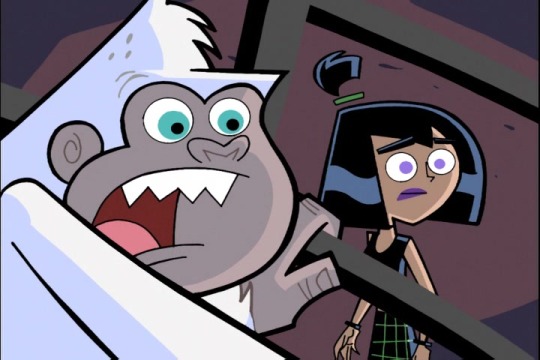
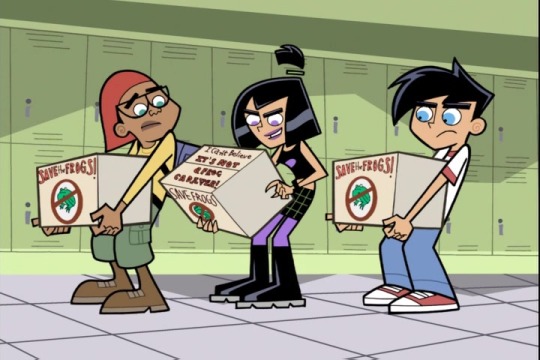




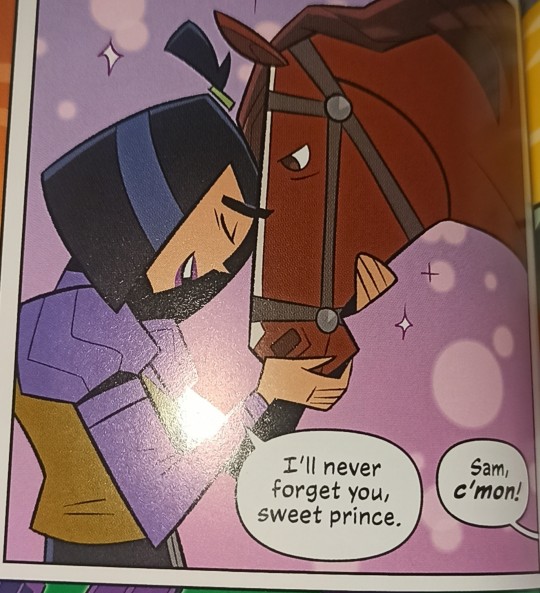

Ironically, I feel we, as a Phandom, don't talk about Sam's Friend to All Living Things status enough.
#admittedly some of the personality traits usually associated to this trope don't exactly apply to Sam#while an altruistic person with very sweet and caring moments she doesn't exatly fit the superaturally innocent or saccharine sweet aspect#but her soft spot for anything nature-related has always been apparent#the only except would be Cujo#but I think that was mostly so they could make the cat person joke#danny phantom#dp#sam manson#danny fenton#tucker foley#plant! sam#delilah#one of a kind#splitting images#urban jungle#claw of the wild#a glitch in time#agit#nickelodeon#nick#nicktoons#2000s cartoons#wulf#there's also the fact that she's both surprisingly and unsurprisingly a horse girl
2K notes
·
View notes
Text

The Princess and Hero of the First Great Calamity
The orange snoot is very important to me….
#tloz#princess zelda#link#assumedly?#botw#totk#technically#loz redesigns round 2#the first great calamity#the ancient heroes aspect#the ancient hero’s aspect#art#my art#redesign#listen this is probably the one and only time ill draw something furry so if it looks a bit wonky i dont really care lmao#this is one of the few designs where im Under designing one of the characters#ie the heroes aspect is such a messy design#i went of the mural a little bit more for the coloring so a little more orangey red involved in his design#and also changing his face to look a little less offputting#and the greener looking eyes from the mural#the darker fur also helps the teal pop#but yes i made his armor a little less zonai-y and a tad more guardian inspired?#i didnt take away all the zonai vibes because he’s seemingly related to them somehow#i do wish we had a timeline for how long after rauru sealed ganon that this calamity happened#but oh well#but yeah uh zelda#vaguely based on sonia#thats pretty much all i have to say about her lmao#i used more neutrals on her dress to semi emulate the pure white of the mural#while also bringing in more of those sheikah tech colors
2K notes
·
View notes
Text

it's a shame that we don't really get to see stan showing off his knowledge/experience with handling the town's anomalies (despite his attempts to ignore/avoid them as much as possible)
#him spending years searching for j2 and 3...#stan reluctantly becoming an expert in anomalies and dimensional science is an aspect that should be explored way more#(also thinking about all the errors ford made in his journals and later corrected in invisible ink mid breakdown#stan post scaryoke rechecking j1 and being >:000 that half the stuff in there was wrong this whole time)#stan pines#stanley pines
842 notes
·
View notes
Text
that moment in tlh when annabeth has an exact timestamp down to the second for just how long she'd been looking for percy makes me wonder if she always has an internal clock for everything. and like. this is further reinforced when she's timed percy's morning routine with a minute to spare in cotg. or in tlt!book when she used physics to calculate the best time to jump off the boat in the thrill ride of love. call it "scheduling" and "time management" if you wanna. all i'm saying is owls have an internal biological clock and it isn't improbable to assume annabeth inherited that trait from her mother, the patron of owls herself.
#my hc is annabeth doesn't share this aspect of her ability bc it is essentially time management#plus it can technically categorize underneath battle strategy in dire situations#but in a casual setting she can tell you how long ago something happened down to the second and it is interesting#percy jackon and the olympians#pjo text post#pjo#pjo headcanon#annabeth chase#annabeth powers#i'm honestly not sure how this could be a cool thing for her#any ideas?
2K notes
·
View notes
Text

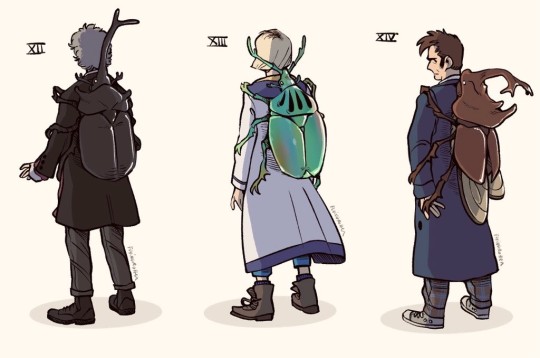
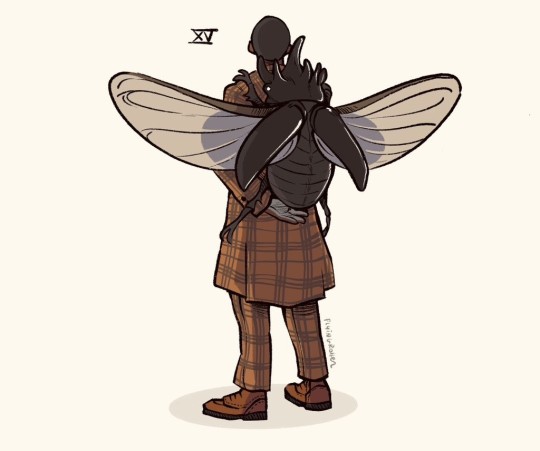
#doctor who#tenth doctor#eleventh doctor#twelveth doctor#thirteenth doctor#fourteenth doctor#fifteenth doctor#time beetle#what if the aspect of the time beetle depended on who it's feeding on mhh#procreate#digital art#my art
8K notes
·
View notes
Text

i love the time loop mental illness game
#in stars and time#the hundred line#last defence academy#siffrin isat#isat#thllda#my art#I DUNNO IF I LIKE THIS?#BUT WHATEVER#OH FUCK THR ASPECT RATIO IS ASS. AH#WELL. SORRY MOBILE USERS#I MIGHT FIX IT#...LATER
552 notes
·
View notes
Text
me trying to get all of you to watch wheel of time part 1 million

1K notes
·
View notes
Text
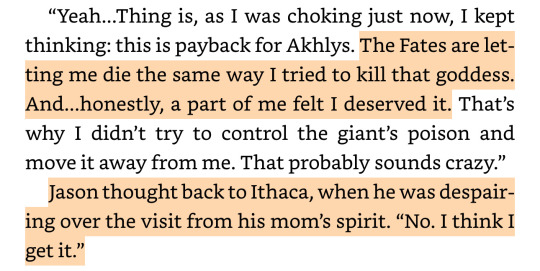
yeah so this was insane
#i feel like too many people reduce this interaction to jason being like ‘lol same’#but idk :/#this chapter is from jason’s pov#and leading up to it he’s like ‘people keep walking on eggshells around me bc of the the michael varus stab wound’#and he hates it so when he goes on deck to help out with the storm#everyone’s like wtf except for percy#and jason states how much he appreciated percy not treating him like a sick kid#and i feel like it’s echoed in this sentiment where jason could say so many things like#‘you should never feel that way’ ‘im here if you need anything’#but he doesn’t make percy feel alone in his desire to just…. end it all#which ik for some people that doesn’t work but you’re not a character in hoo and percy is dealing with so much guilt#and he can’t tell annabeth bc she’s a main aspect of that guilt#and he doesn’t wanna guilt her more and he feels ashamed and when he describes this he feels weird for feeling it#so having jason this tough guy be like ‘yo i understand it bc i felt the same way#that’s gotta mean a lot to percy#also insane how jason who also struggles to display vulnerability#allows it in one of few times in this moment just so percy this guy he’s supposed to be jealous about#feels comforted and not alone in his guilt and shame#and also it’s just insane how jason’s wanting to kay em ess does not get talked about AT ALL#and just seeing his mom and the pressure of new rome getting to him#like this scene is insane and i’ll never shut up about it#also ignore me i’m just finishing my reread of hoo that took all summer#jason grace#percy jackson#pjo#ashla.txt
1K notes
·
View notes
Text
Bruce Wayne had at one point been working on a device to guarantee Gotham would always have a protector. In the event of his death, the machine could grow a clone of him and implant a copy of his memories into them, creating a new Batman to succeed him.
He eventually gave up on the idea before it ever came to full fruition.
But even in its incomplete state, he had created just enough for Clockwork to hijack it.
Phantom’s soul was in a perilous state, unlikely to survive without being attached to a new body. And luckily, the device provided an ideal way to facilitate that. Plus, the Waynes would undoubtedly support his recovery too. Well, at least once they got over the panic at his existence they would.
#yes that device was a real concept mentioned in a comic#i haven’t read the full comic it came from though (i just read one arc which it was mentioned in) so i could be missing some details#oh yeah btw the comic in question is the 2011 Batman thing - I saw it in the Mr Bloom arc#idk if he ever actually built the cloning part but he definitely made the memory part (which the story claimed was the tougher aspect)#so it feels plausible he *might* have#…also idk when Danny’s arrival would fall in bruce’s timeline exactly in relation to his ‘death’/amnesia in that story line#i have no idea how much time there was between his work on the device and that stuff happening#dp x dc#dpxdc#dc x dp#dcxdp#danny phantom x dc#danny phantom x dc crossover#oh also my intention wasn’t for this to be a de aging fic—i’d been figuring the clone would be at least Danny’s age (if not *Bruce’s* age)#though yeah it could be taken that way i guess
498 notes
·
View notes
Text
i actually really dont mind that varric desperately tries to talk solas down and keeps advocating for a peaceful solution despite how much he fucking hates anders for doing what is objectively a far lesser offense than destroying literally the world. in fact i actually think its a really cool bit of characterization that expands on Why varric is so demonstrably frustrated with anders thats actually supported by some party banter with cole. like the anger is misdirected at anders when its really his own self loathing coming through because varric hates that he was too complacent and willfully blind to try and help anders before it got to that point despite the literal constant bright neon flashing red flags that varric just ignored in favor of being Chill and Fun and not wanting to engage with Big Serious Things. i actually fucking adore that so much and i think it adds so much to varric's persona in DA2 as the friendly conflict mediator who tries to do literally everything in his power to prevent conflict and keep the peace even if all it means is delaying the inevitable.
what i do not enjoy so much is how this was never going to be given the exploration it deserved because anders' name is probably listed somewhere as a slur in bioware hq
#i dont think its even a headcanon btw like this is definitely an intentional aspect of their dynamic its like. coyly hinted at a couple time#just never . you know. explored .#mine
621 notes
·
View notes